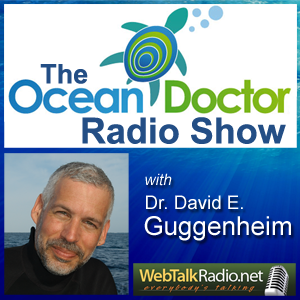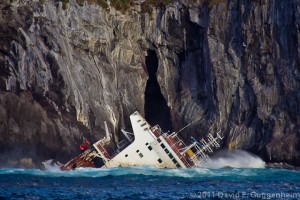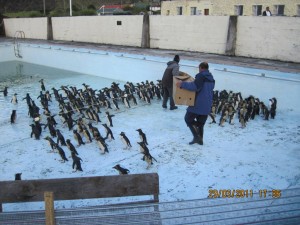The Gentleman Biologist of Pier 39
 |
April 25, 2011: Take a walk out to the end of San Francisco’s Pier 39, and you’ll hear an interesting symphony of barking California sea lions and reactions of delight and amusement from droves of human onlookers. And if you’re lucky, you might also find the “Gentleman Biologist of Pier 39,” Tim Vogel, a volunteer at the Marine Mammal Center in Sausalito, who has pursued tech career in Silicon Valley but has never forgotten his Seacamp roots. He spends hours teaching and inspiring visitors about the incredible wildlife of the West Coast and the wonders of science. Also: An update on the penguin rescue effort from Tristan da Cunha by Trevor Glass, Director of the Department of Conservation there.
The Ocean Doctor airs weekly on WebTalkRadio.net. Want to listen on your iPod, iPhone or mp3 player? Download the mp3 file or subscribe on iTunes and don’t miss a single episode. See the complete list of episodes.
Follow The Ocean Doctor on Twitter — Become a Fan on Facebook!
Submit a question and I’ll try to answer it on the air. Even better, record your question or comment on our special message line and I might play it on the air. Call: (805) 619-9194. You can also leave questions and comments for this episode below.
Like the show? Learn how to become a sponsor. Read more
Podcast: Play in new window | Download



